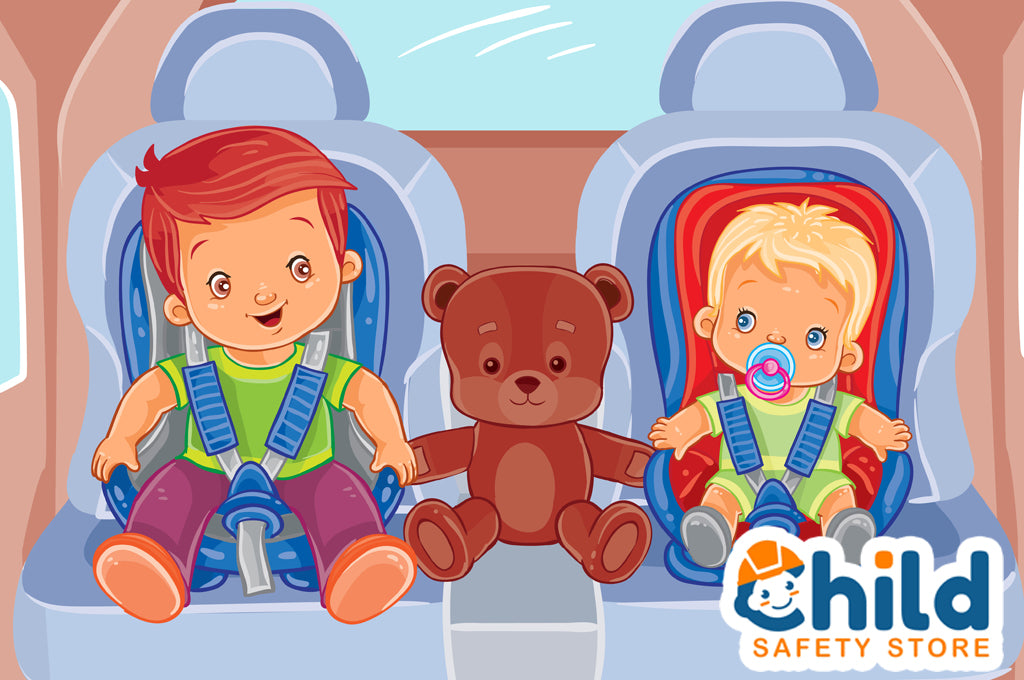
Riding Safe: Car Safety Seats
When it comes to choosing a car safety seat, you can never be too careful. At Child Safety Store, our primary concern is helping to keep kids safe. If there’s an important product recall or a way to protect your baby’s hearing, we want to spread the word.
In honor of Drowsy Driving Prevention Week, let’s keep the automobile safety theme going this week. For today’s blog, let’s examine what parents should look for when it comes to car safety seats.
What are the Benefits of Car Safety Seats?
Put simply, car safety seats are invaluable for protecting young children in the case of an accident. According to AAA, when properly used, these restraints reduce the risk of injury by 71% to 82%. What’s more, they reduce the risk of death by 28% when compared to children who are protected by only seat belts alone. In the event of a sudden stop or crash, safety seats are able to minimize injury by protecting the brain and spinal cord.
Safety First: Properly Using a Car Seat
Purchase the Right Safety Seat
Not all safety seats are created equal. Until the age of two, it’s advised that parents use a rear-facing car seat. As the child gets bigger, it will then be time to advance to a forward-facing seat.
Read the Instructions
Before installing a safety seat, be sure to read all of the included manufacturer's instructions. Don’t forget to read the child safety seat selection of your vehicle’s owners manual as well. These will both provide invaluable information both for installation and general use. Additionally, be sure to pay close attention to the weight and height limits for each seat.
Location, Location, Location
The placement of the safety seat is critical. Above all, the safest place for a car seat is far away from any active air bags. That means that it should be in the back seat, preferably in the center. This keeps it as far away from doors in the event of a side-facing crash.
Placing a car seat in the front of a car can have tragic consequences. In the event of a collision, the air bag could deploy, striking the back of a rear-facing seat… where the child’s head is situated. This can lead to injury or even death.
Get the Angle Right
Babies must ride semi-reclined in order to keep their airways open. A poorly angled seat will force the child’s head to flop forward. Many seats are adjustable to accommodate the child as they grow taller and older When it comes to setting the reclining angle, parents should always adhere to the manufacturer’s instructions.
Dress for Success
One key factor that a lot of parents forget is to remove bulky outerwear. A car seat works because of direct contact with the child’s body. It helps to absorb the impact and keep the rider safe and secure. Bulky coats and blankets can interfere with this delicate balance.
Instead, remove the baby’s outerwear, secure them in the seat, then place the coat over the secured child’s body. It’ll keep the baby warm and provide maximum protection.
